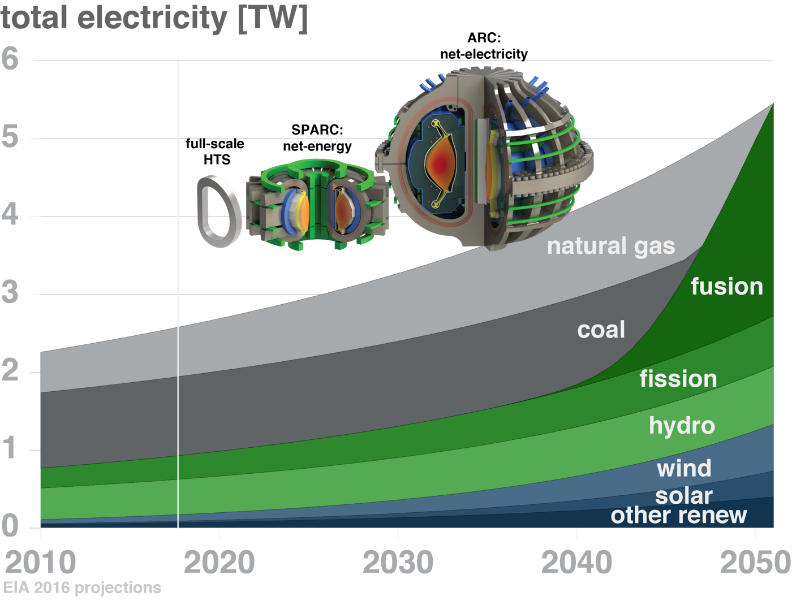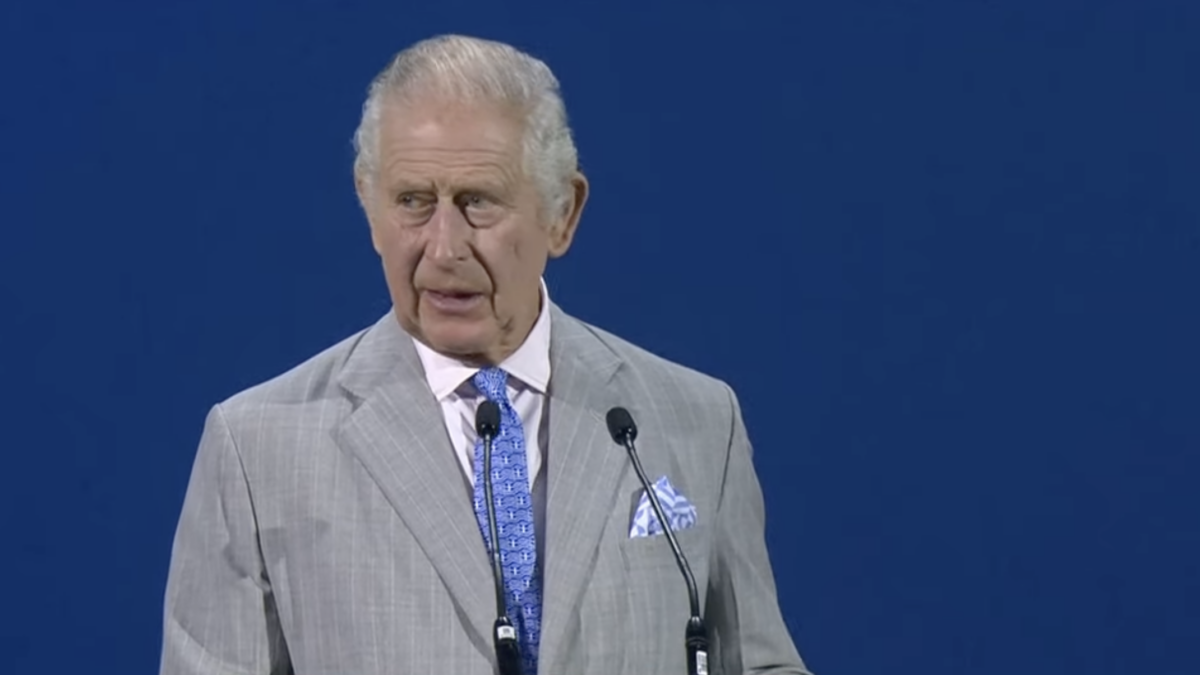
First the good news: You no longer need to worry about mortgages, student debt, career advancement, or saving for retirement. Depending on the brand of snake oil being peddled by different environmental activists, we’re headed for a “climate apocalypse” in 10, 13, or 20 years.
It is undeniable that the United States cannot control the 84 percent of energy usage that occurs outside our country. Looking at trends in coal (which accounts for about 38 percent of fuels used worldwide), led by India and China, eight countries are constructing almost 1,900 coal-fired electricity plants. Including coal plants in the developing world, these new plants will bring the total outside the United States to well more than 5,000.
The United States has only 241 coal units in operation, so shuttering them would be a meaningless exercise in virtue-signaling. This doesn’t include the world’s many oil and gas-fired, CO2-producing plants.
Now the bad news: If we intend to decrease carbon emissions, it would be a long, difficult slog to find feasible methods to provide the energy that we need. The total world use of energy has increased by 50 percent over the last two decades, and the trend shows no signs of abating. Hydrocarbons currently provide 84 percent of energy, down only 3 percent in that timeframe.
It’s a safe assumption that few people on earth are willing to allow energy constraints to return us to the horse-and-buggy days, with stagnant economic growth and the absence of modern conveniences like airplanes, cars, and air conditioning. What, then, is the solution?
Intermittent Energy and Batteries Are Not the Answer
Current forms of renewable, non-carbon-emitting energy come in two basic types: constant and intermittent. The former includes hydropower, geothermal, nuclear fission, and nuclear fusion. Solar- and wind-powered systems represent our main intermittent sources today, but, despite their constant hype from environmental activist groups, both deserve the highest level of scrutiny for lack of effectiveness.
As wind and solar cannot match real-time demand to raw supply (because light is more valuable when the sun is not available), the only real option to make them viable is through energy storage. Many approaches have been tried, such as pumping water uphill during power availability and using that water to drive turbines when needed.
Yet most of these physical methods are highly inefficient, sacrificing significant energy content in the process. Space constraints work against practicality, so chemical storage systems (batteries) are where many pin their hopes.
Batteries, however, are heavy, energy-intensive to manufacture, and often depend on the availability of rare or difficult-to-access substances. It would require 20,000 pounds of Tesla batteries—which would cost more than $200,000—to store the energy equivalent of one barrel of oil that weighs 300 pounds and can be easily stored for almost no cost.
The amount of energy required to be stored to make batteries from intermittent forms of energy is staggering. Tesla’s own $5 billion “gigafactory” would have to work round-the-clock for 1,000 years to produce enough batteries to back up a typical two-day usage load of the U.S. power grid. In contrast, hydrocarbon-fueled generators provide ready back-up capacity at a tiny comparative cost, and currently stored hydrocarbons could fuel us for two months.
Untold billions have been sunk into attempts to create “the next great advance” in batteries. Unfortunately, any improvements have been marginal at best. Perhaps there’s an undiscovered battery innovation waiting right around the corner with the potential to drastically increase energy storage density, but we shouldn’t hold our breath. Complicating matters further, all known battery types require carbon-emitting mining of minerals and carbon-producing manufacturing, which cancels some of the CO2-cutting technology they power.
To make matters worse, unlike the continuing advances in silicon chip performance, the technologies behind sun and wind energy conversion are already sufficiently productive. There is, at best, only one more doubling of efficiency possible before hitting immutable limits.
The only way to increase wind and solar energy production is by physical expansion to more spaces. However, the best prospective locations are not found in optimal areas for transmitting electricity to where it needs to go. Given the limitations of batteries, the best intermittent energy sources can do is to merely chip away at carbon emissions without solving the larger issues.
Constant Energy Sources Are the Future of Our Power
For all these reasons, plans like Michael Bloomberg’s to eliminate coal usage in the United States while pressing for state and local climate measures are largely symbolic gestures that don’t address the heart of the problem. We need research and spending in three areas: constant power sources, moderation of demand through improved energy efficiency, and approaches to mitigating the effects and cost of climate change.
One viable alternative energy option would be constructing many dams to provide hydropower. Government regulations, however, would require studies of environmental impacts, battling activists, and obtaining permits—all likely to be expensive and time-consuming. A greater focus on geothermal may be another option, as would finding ways to make nuclear fission disaster-proof and how to improve the handling of nuclear waste.
Since the U.S. Navy already powers many of its vessels using fission plants, we have proof that small-scale nuclear power is possible if properly commercialized. Yet we hear far too little of any of these possibilities. They’re simply not as headline-grabbing as apocalyptic predictions. Case in point is teenage eco-celebrity Greta Thunberg, who seems to think that school boycotts somehow produce energy or reduce greenhouse gas emissions.

Although it is likely a few decades away, the ultimate solution likely lies in figuring out how to power our entire civilization with nuclear fusion. Although promising, nuclear fusion is highly energy-intensive to achieve. Unlike the chain reaction of fission, every individual fusion of atoms must be forced by supercharging the environment.
The good news is that researchers at the Massachusetts Institute of Technology and elsewhere are approaching the point where fusion generates more power than it consumes. The advances necessary to get to this “holy grail” moment seem to be understood and achievable. To boot, fusion is as green as green can be. The energy created acts as inexhaustible fuel and doesn’t generate any radioactive or toxic waste.
We’ve made great strides in energy efficiency (in household appliances, for example), but far more work is needed. Advances in small batteries might help lower energy consumption, as with hybrid cars such as the Toyota Prius. With the correct incentives and judicious subsidies, certain industrial systems could be improved. Investigations of the feasibility of these approaches would be an excellent use of research funds.
Steps We Can Take to Mitigate Climate Change
Finally, too little attention is being paid to systems—sometimes called “geoengineering”—that can mitigate the negative effects of climate change. Coping with rising sea levels is likely to be more cost-effective than the trillions of dollars in costs and lost gross domestic product needed to drastically reduce hydrocarbon use in the absence of cost-competitive alternatives.
Although it will certainly alter them, there is no compelling evidence that climate warming will irrevocably destroy the planet’s ecosystems. Warming might increase the overall availability of arable farmland. If we adjust to the “new normal” and increase the availability of genetically engineered plants resistant to droughts, floods, and heat, however, this could permit more resource-efficient production of crops, livestock, and other products.
Climate alarmists’ Chicken Little warnings promote the impossible to the exclusion of the possible and practical. In doing so, they increase the negative results of climate change by misdirecting resources. As politicians and policymakers decide on the way forward, they need to rely on logic and science instead of seductive but unworkable strategies.









